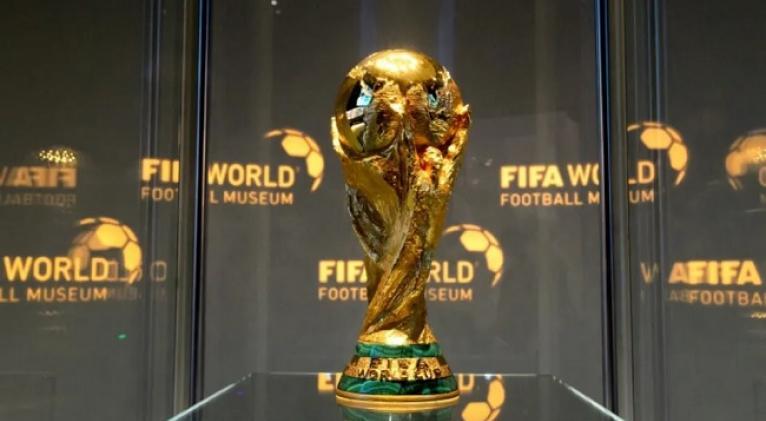Secrets of the Most Famous Cup in the World
especiales

When this text is published, the Argentine team will have already arrived in their country and an entire nation will be celebrating the 2022 Qatar World Cup champions with the most genuine passion.
With joy, the Argentines will look at that glorious Cup a thousand times. But, in reality, it’s not the same one that we saw Messi kiss during the award ceremony in Qatar.

This one that accompanies the champions is a replica, the original goes back to the headquarters of the International Federation of Association Football (FIFA) in Zurich.
This is established by the regulations of that Federation, where it’s also specified that not everyone can touch the original trophy. That can only be touched by the teams that previously won the tournament, the players who won the cup in their respective edition, and the Heads of State or presidents of the finalist teams.
FIFA regulations also stipulate that the authentic Cup will always remain in their charge, no one can acquire it or keep it in their possession.
The gold-plated replica that now accompanies Argentina, and whose official name is "World Cup Winner's Trophy", was manufactured by the Italian company GDE Bertoni, the same company that was in charge of producing the original Cup.

Prior to its return to Zurich, the World Cup will be transferred to the town of Paderno Dugnano, in Milan, Italy, where the GDE Bertoni company itself will make it look like new.
Stories of Cups
Actually, regardless of the number of World Cups held, there have been two World Cups.
The first one was known as Jules Rimet Cup, in honor of the Frenchman of the same name who presided over FIFA 1921-1954, thus resulting in the longest in that responsibility.
That Cup was also designed by another Frenchman, sculptor Abel Lafleur, and most stories say that it was stolen twice. It was made of gold-plated sterling silver, with a blue lapis lazuli base, it was 35 centimeters in height and weighed 3.8 kilos. It was an octagonal cup, held by a winged figure representing Nike, the Greek goddess of victory.

The first time took place before the 1966 World Cup in England, when it was exhibited in Westminster inside a well-guarded glass case, but it still disappeared, to later appear wrapped in newspapers next to a bush. It’s said that it was a dog who drew the attention of its owner by sniffing that package intently where the most coveted object in England and the world was hidden.
The second theft took place in 1983, when the Cup was stolen from the Brazilian team, which, led by Pelé, had won it in 1970 and since then had been kept by the Brazilian Football Confederation.
As the saying goes sequels are never any good, this time it didn’t appear again and they assure -although not everyone agrees with this version- that the criminals who stole it melted it down and sold it as small gold bricks.
The truth is that this World Cup that shone in the state of Qatar does not seem to run such risks.
Its design was entrusted to the Italian sculptor Silvio Gazzaniga, who won a contest called for that purpose in 1974.

That Cup is made up of two human figures holding the Earth with their hands. It is 36.5 centimeters tall, weighs 6.17 kilos, 5 kilos of that weight are made of solid 18-karat gold. At its base, 13 centimeters in diameter, there are two strips of malachite, a semi-precious stone with an elevated content of copper.
At the bottom of the metal base are printed the names of the countries that have won it since 1974, and the years in which they won.

It’s assured that its price today must be around 300 thousand dollars, but, in reality, its symbolic worth is priceless. If not, ask the 1,120 million people who followed the final match with their hearts pounding, until Argentina won in the penalty round.
Translated by Amilkal Labañino / CubaSí Translation Staff














Add new comment